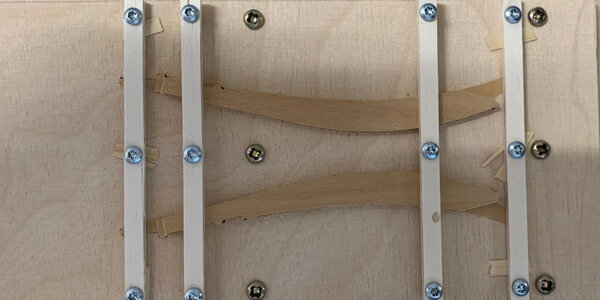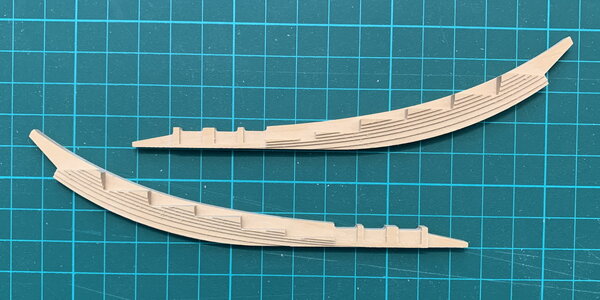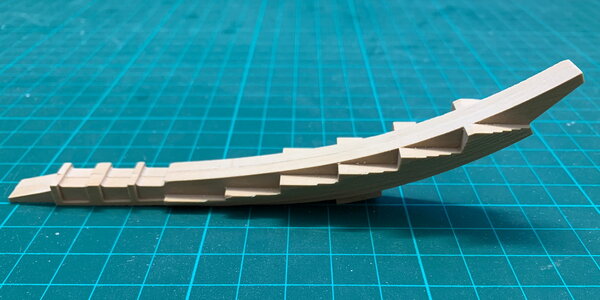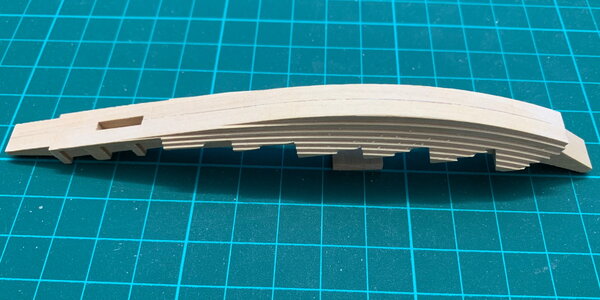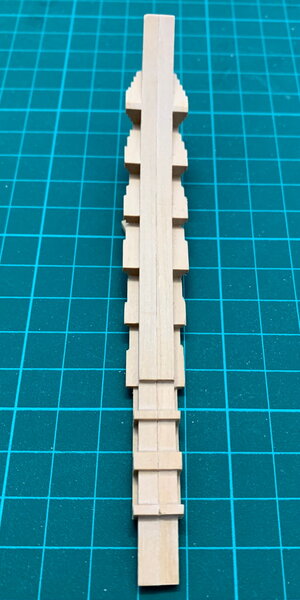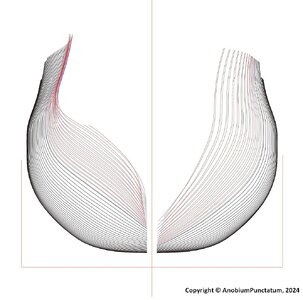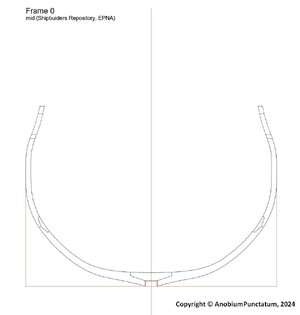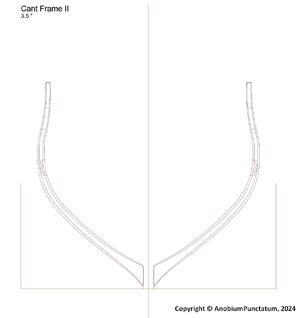- Joined
- Oct 23, 2018
- Messages
- 527
- Points
- 353

Today I glued the prepared parts of the deadwood halves together.
Before I can start I have to clean the round notches. I milled a small holder for the second component. I can use this to align the component parallel to the milling plane in the vice.
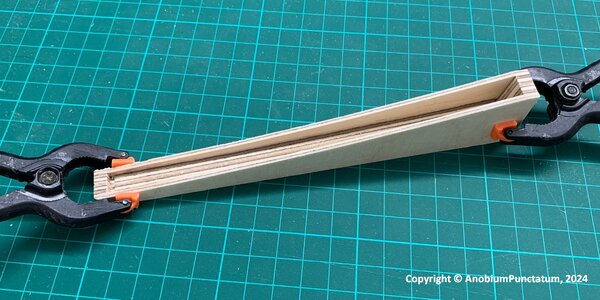
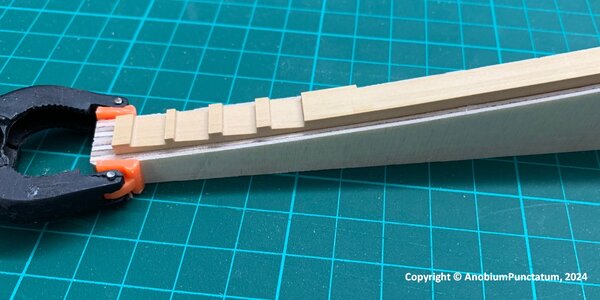
For glueing the parts together I use thinner template in the notches than shown in the last part of the log. With I can turn the compenent for drying. This is a lesson I learned from my Alert build. The timber is milled very well but there are allways little differences. The following picture shows both halves. In the bottom halve you can see the template.
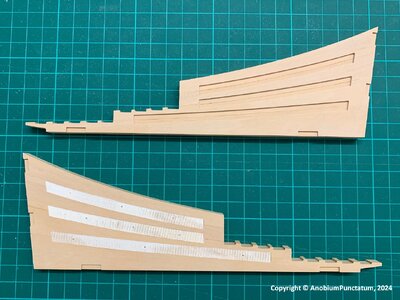
After removing the small templates I clipped the original templates in the notches and checked if everything fit together.
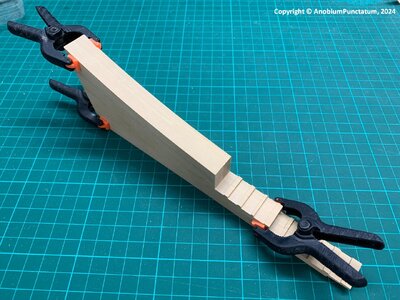
Tomorrow it will rain, so I will have time to start with the complicated part of the deadwood - milling the recesses for the foremost and rearmost frames and the steps of the cant frames
Before I can start I have to clean the round notches. I milled a small holder for the second component. I can use this to align the component parallel to the milling plane in the vice.


For glueing the parts together I use thinner template in the notches than shown in the last part of the log. With I can turn the compenent for drying. This is a lesson I learned from my Alert build. The timber is milled very well but there are allways little differences. The following picture shows both halves. In the bottom halve you can see the template.

After removing the small templates I clipped the original templates in the notches and checked if everything fit together.

Tomorrow it will rain, so I will have time to start with the complicated part of the deadwood - milling the recesses for the foremost and rearmost frames and the steps of the cant frames


